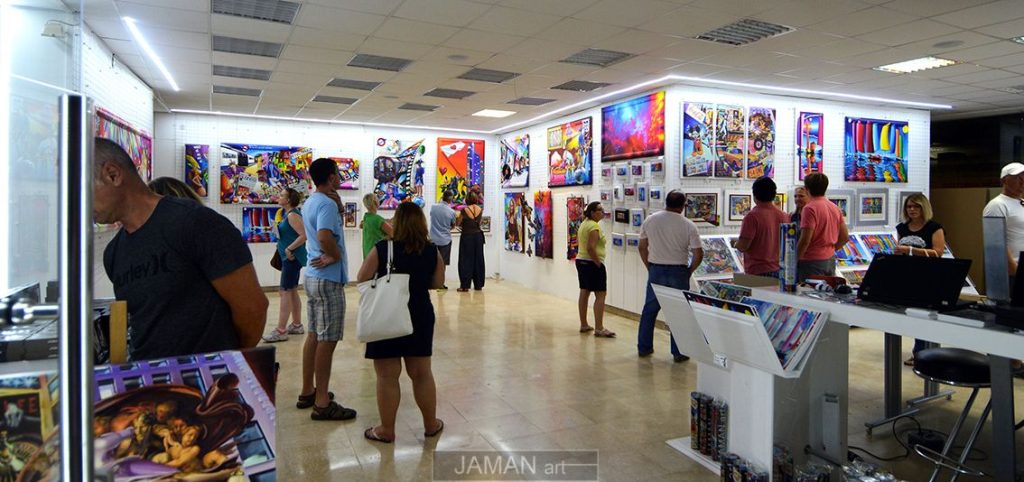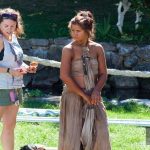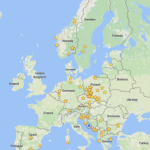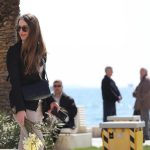February 22nd 2018, Split has a life, culture and story beyond the snapshot of tourist highlights. We want to share some of the stories of interesting locals we meet, to help paint a broader picture of this vibrant city. And, (no puns intended) who better to help us do this than a local Split artist? Meet Danijel Jaman.
This city continues to surprise and inspire, especially in regards to a lot of the locals. I met Danijel in his gallery for another project and was instantly taken aback. I don’t know how I have managed to miss his gallery all these years but it was a pleasant surprise. A huge open space, bursting with colour and life, the likes I haven’t seen in Split before. I felt like I could have been in the backstreets of London. There was no question that I wanted to get to know a little more and share Danijel’s story, so here we go.
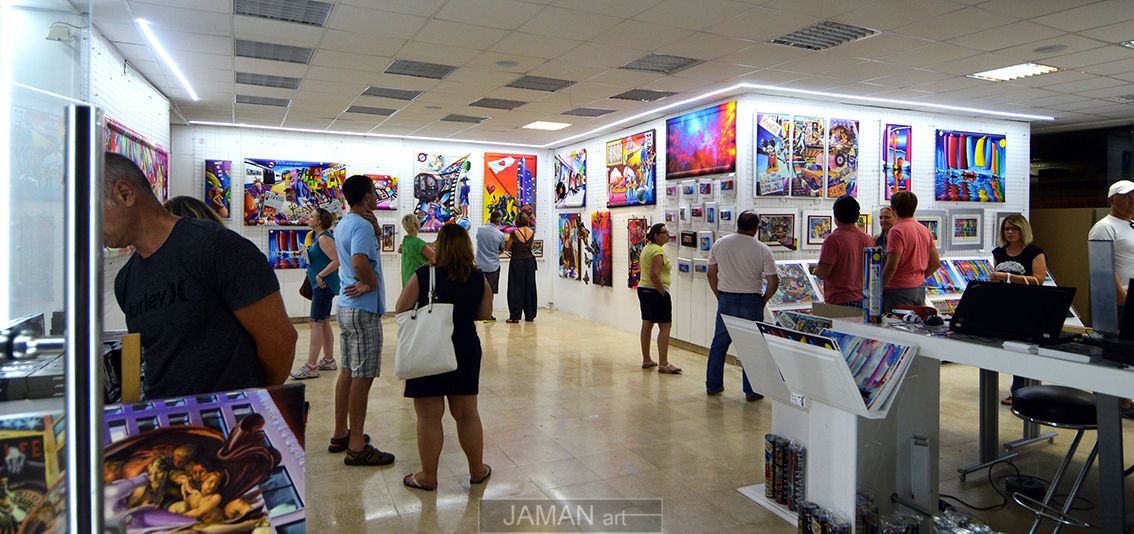
Are you originally from Split, tell us about yourself?
Yes, I was born and have lived all my life here. My last name is from Klis and goes back generations on my father’s side; you might notice that the last name ‘Jaman’ is a little different and has Turkish roots, as when they settled in the area, they settled in Klis. And my grandmother was actually from Peru, so we have mixed history. But I have lived here all of my life.
I finished school and studied in Split at the University of Fine Arts. In 2006, I opened my first gallery. In the beginning, it was much harder, I didn’t know how to make a living from selling my art and I was completely new on the scene. It took a couple of years to grow a name and develop myself and my style.
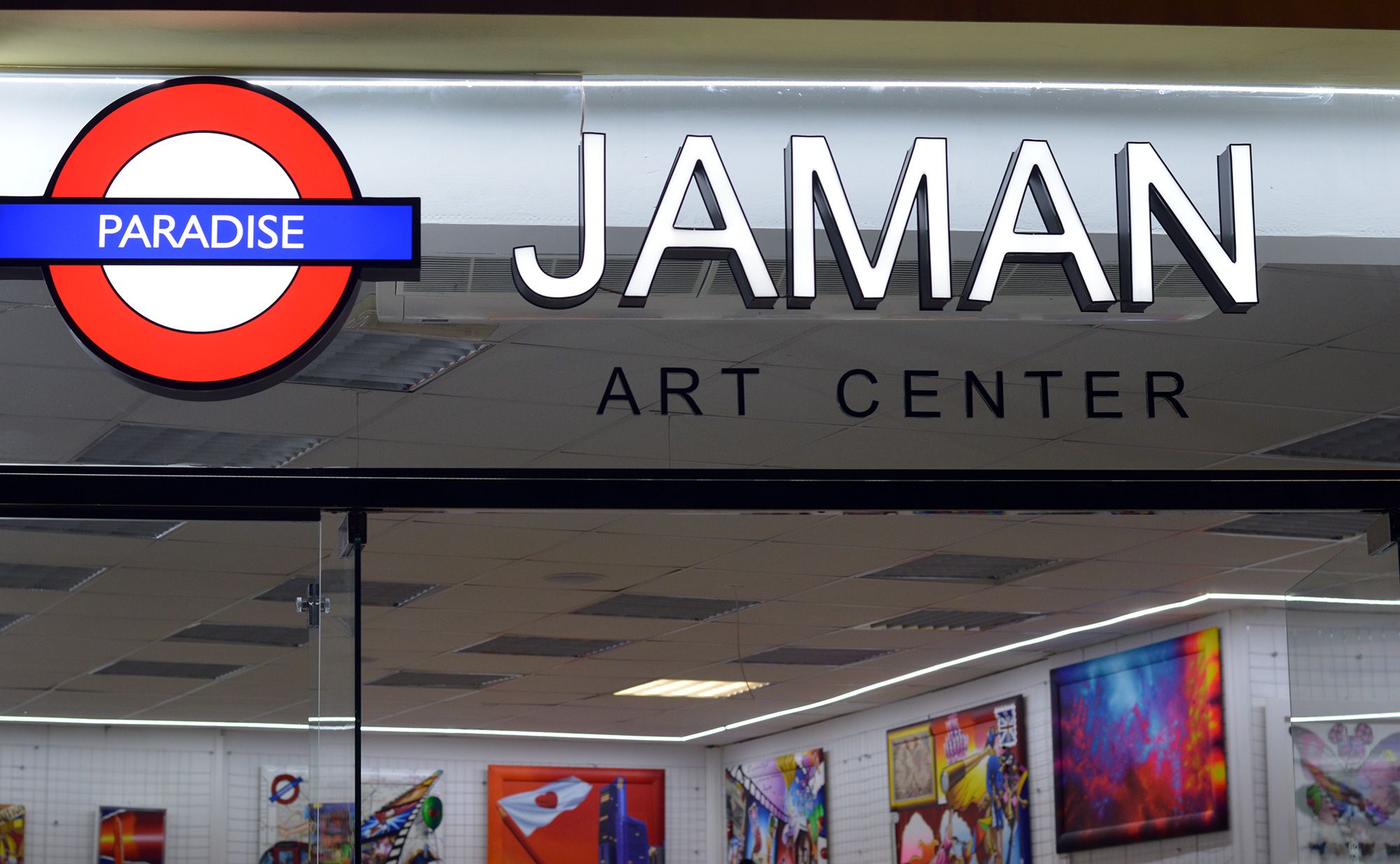
Tell us about your art?
My style has changed through the years but the basics remain the same, they are based around colour – very bright, vibrant and expressive, each of my paintings tell a story. I also developed a style where I paint over the frames and these days, I am making 3D paintings, where I infuse different objects and lights into the paintings. All of it is moving towards pop art.
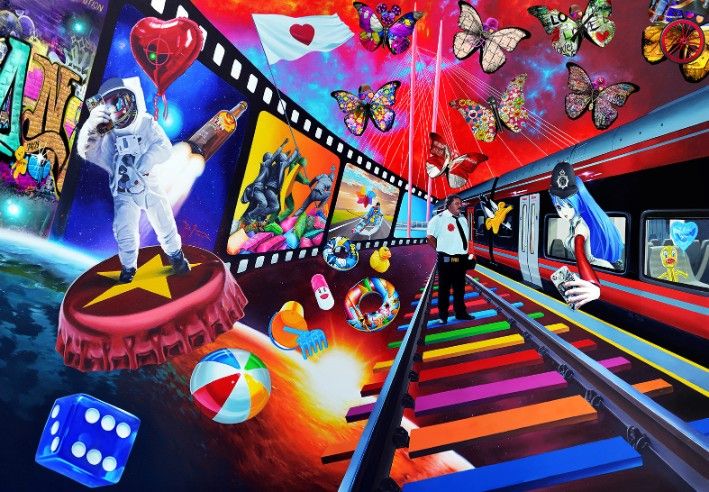
In 2016, I opened the second gallery, it is much bigger – an open free space, so it is easier to present my larger works in a more effective way.
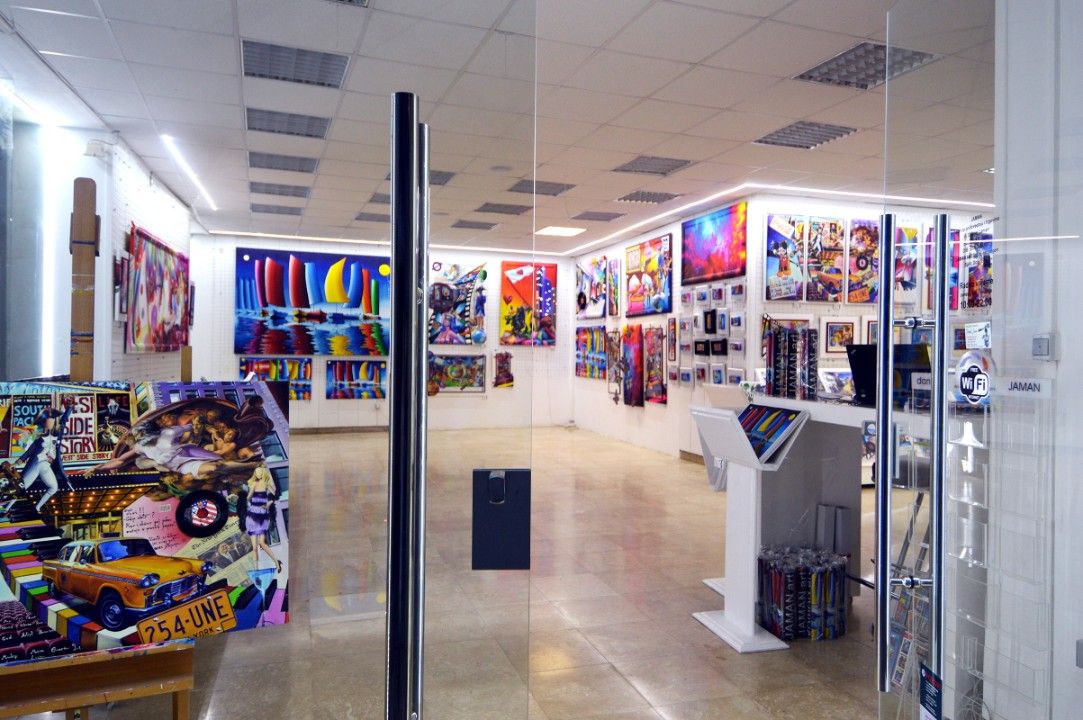
How long does a canvas take you to create?
There are a few steps and every artist is different, but let me tell you about my process:
- First is the idea, the is crucial and takes almost the same amount of time to make the painting. After I develop the idea, it depends on the complexity – it can take 1.5 – 2 months of prep for an idea because it includes not only the composition but also which materials, how you will execute and creating prototypes.
- Execution: it includes the studio time, it can last anything from 1 – 3 months, depending. It is a flexible process still, flexible in that sense that I am always making modifications.
- Collaboration: I collaborate with different companies for the 3D elements, i.e. LED lights, Plexiglas or something new. In every painting I am trying to push myself, to try something new, some new effect that can emphasise the present idea.
If you are not moving forward in the process, you aren’t standing still, you are sinking down. This is important in life as well. Art, life, progress.
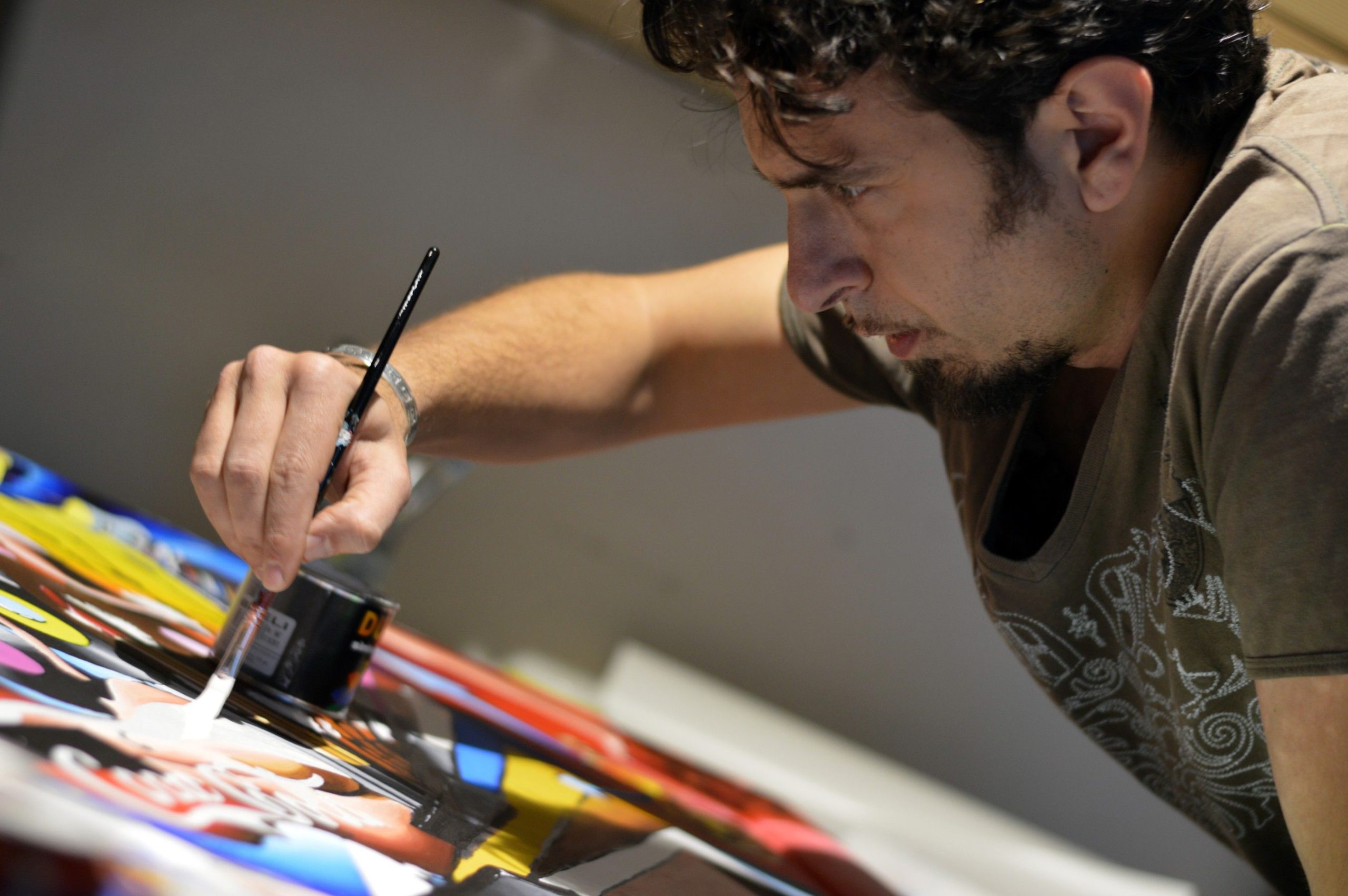
How is the art scene in Split?
There is definitely a good art scene in Split which changed in the last 20 years and the opening of the University of Fine Arts helped to change this. Like any major city, we have the separate genres of art – there is art for galleries and museums and commercial art. In Split, we have a mixture of everything, just on a smaller level.
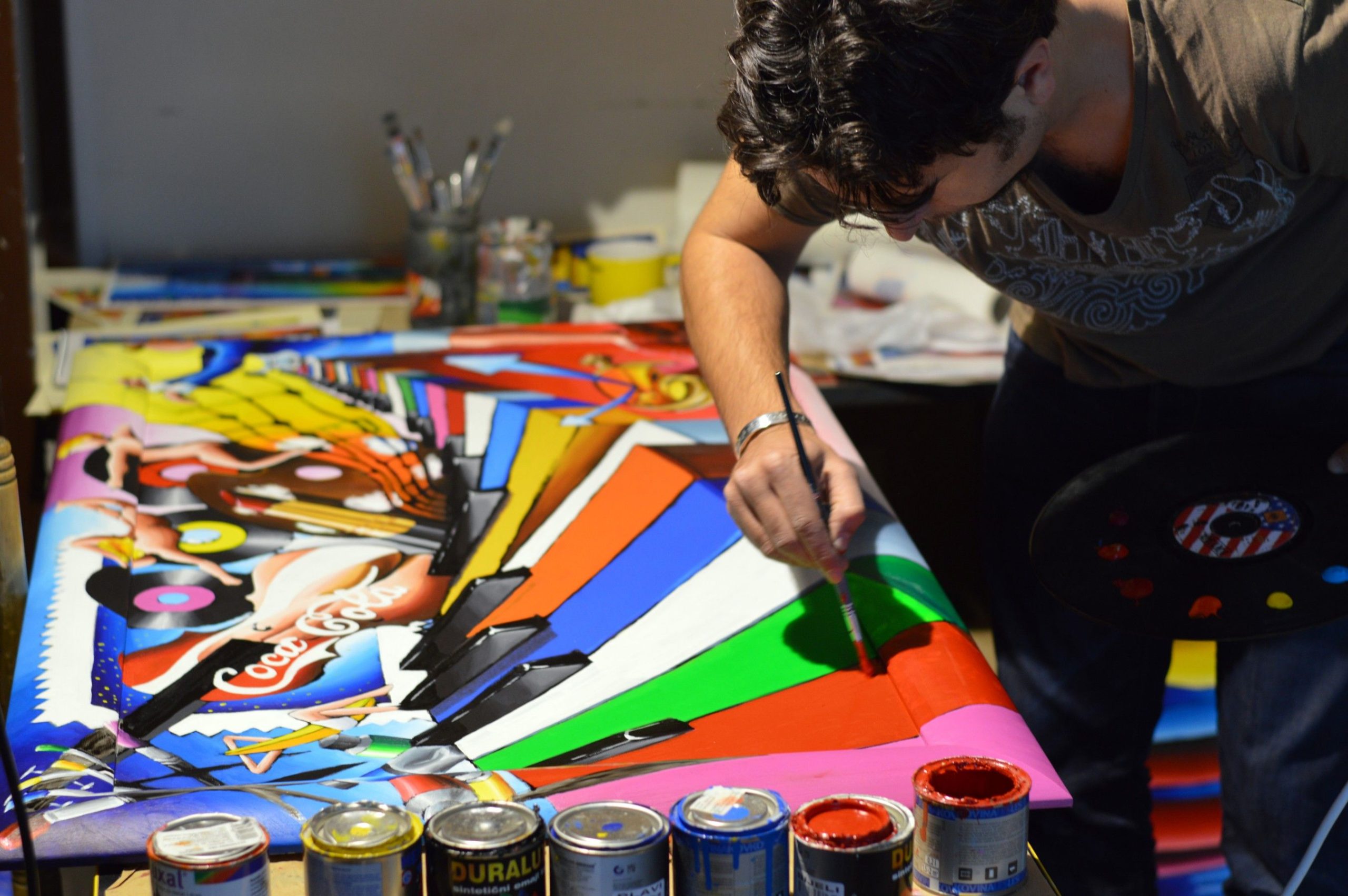
You have opened two galleries, so you must have found some sort of success or niche?
Like I said, in the beginning it was hard but it became easier once I developed further as an artist. There is still a lot of work ahead of me though because Split is a small market. We need to look to export ideas, products etc, we are lucky, that in the world we live in today, there is a global market and the fact is – art is global. Everyone can buy art and buy it from all corners of the globe. So, this is my strategy, it’s not easy and takes a lot of different skills but I believe it is important to look at the big picture. Yes, we have tourism and this is one small way to ‘export’ my art to the rest of the world but it is still small-scale and I believe the way forward is the global market.
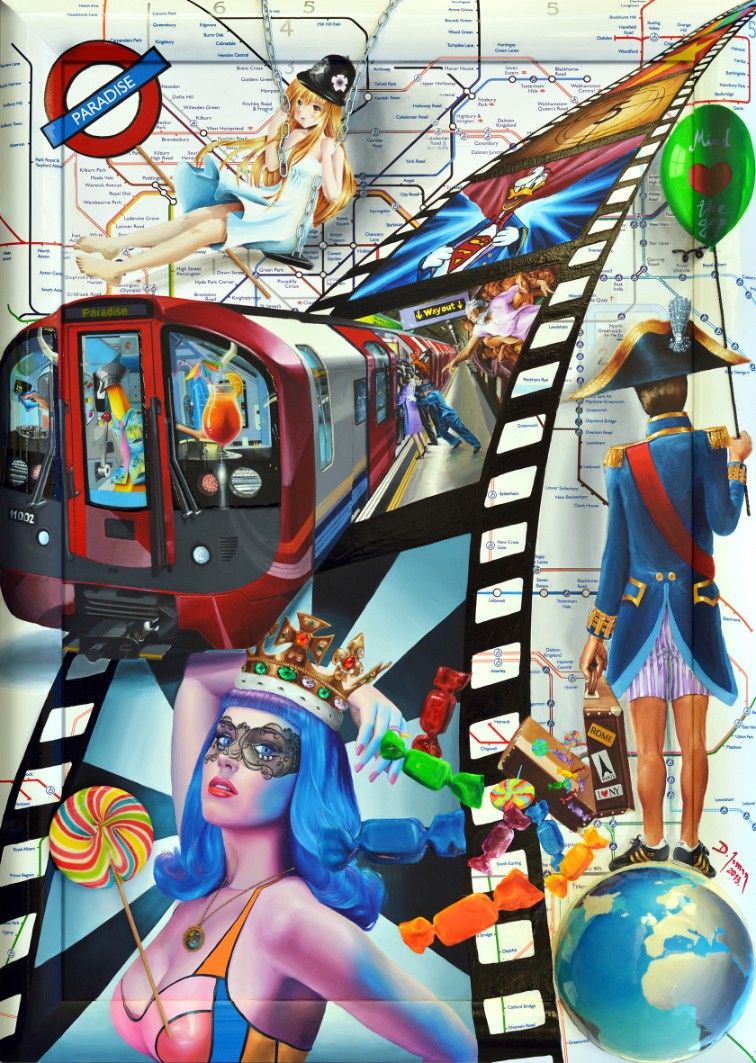
What are some of your inspirations, do you travel a lot to find them?
A couple of times per year, I try to go somewhere searching for inspiration. Travel has a way to open new ideas, new spaces and new ways of thinking. It’s good to see how other colleagues solve the same problem in different ways. But, while I love to travel and follow my colleagues in the art world, I try not to follow too closely because I don’t want to get caught up or end up copying someone else.
London has some amazing art exhibitions and festivals, in particular, the Frieze Art Fair in Regent’s Park, it is great for inspiration. As well Berlin, which has strong roots in street art. The East Side Gallery is inspiring, not just because of the art but the history that goes with it, what it represents. It is an idea of mine at some stage to incorporate a wall into one of my paintings – the general meaning of the wall and the fact that history repeats itself and conversations are still being had about walls today – Israel, Trump…
These things are bizarre but they still give good seed for inspiration for artists. Snapshots in time, in terms of what is going on in our society. We can be surprised, but it’s what’s going on.
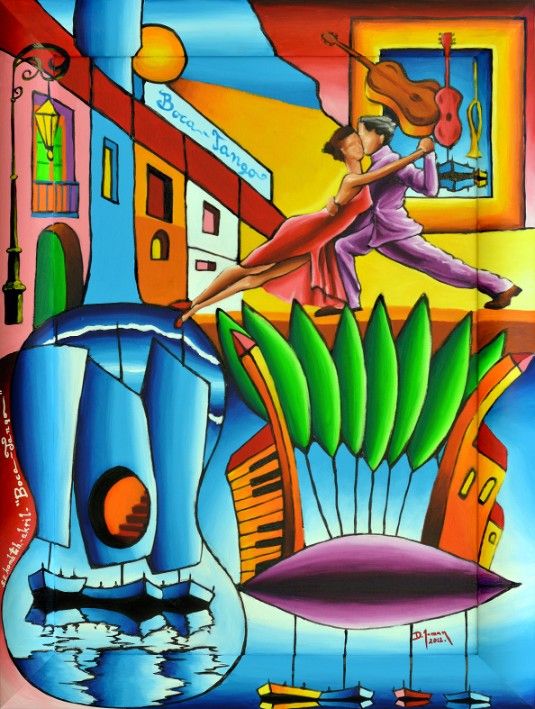
I see New York featured in a lot of your paintings, what is the attraction to NY and pop art?
Pop art describes things from today’s popular culture and it is a direction I am moving more towards. It is of a more consumeristic nature and so, where is more consumerism than in American or New York? I like to express ideas like Coca-Cola, I have painted Obama, Mickey Mouse, soldiers trying to raise a flag on a bed of cushions (to represent love and war)… All of my paintings tell a story. Today we have a consumeristic life, we are constantly running for something: money, career… do we see what we are losing when we are running all the time? We normally don’t realise until we fall, but by that time, it’s too late.
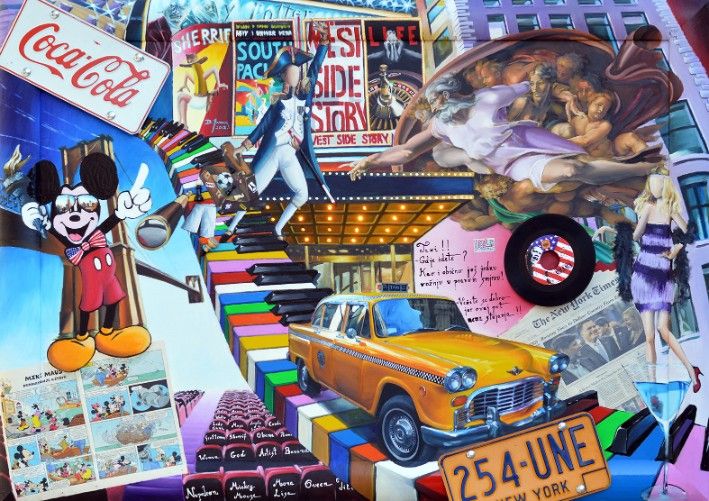
Do you think Split is very consumeristic?
Young states like Croatia, especially states who were in communism, we had a block for years in regards to everything from the Western world, so we were thirsty for it. We had a lack of everything and now the curtain has been lowered; it is as though we have been thirsty for days and now we are in front of a pool of fresh water, of course we will drink too much. Consumerism is very present in Split but where isn’t it? Split now has a few large shopping centres which didn’t exist 15 – 20 years ago, everyone came into the city centre [old town] to walk, meet, shop, for coffee… but now, the Riva is not what is used to be. Everyone is in the mall but again, this is not just a problem in Split but everywhere I think. Maybe, eventually, it will decrease and we will come back to real values.
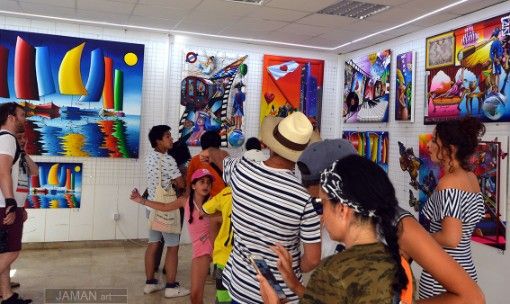
Why did you choose to stay and live in Split?
When I speak to my friends, I always say that Split is one of the most beautiful cities to live in. If you have a stable job, you can have a nice lifestyle in Split compared to other cities. If you want to run and push, you will choose another city but it is a completely different style of life and depends on your values.
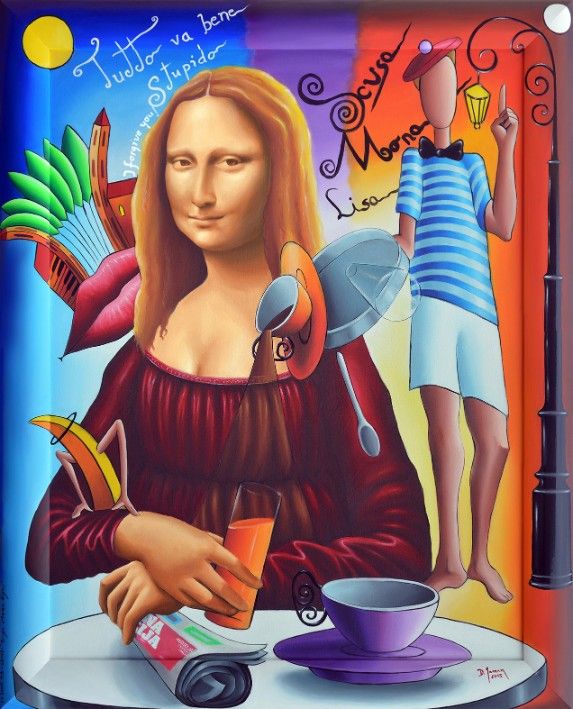
What is something about Split you think many people don’t know?
Split has become a popular touristic destination in the last few years. I lived in the centre and was always hanging out in Diocletian’s Palace – which was referred to as the ghetto in those times because the buildings were old, it smelled and there was a lot of drugs there. What a difference a few years makes, Diocletian’s palace is now a UNESCO heritage site and one of the most recognisable symbols of Split. From the ghetto and a transit city, to one of the pearls of Croatia’s tourism, it is amazing what can happen in 20 – 30 years. People should absolutely visit Diocletian’s palace when coming to Split, see the landmark but I think it is interesting to know this small piece of history as well.
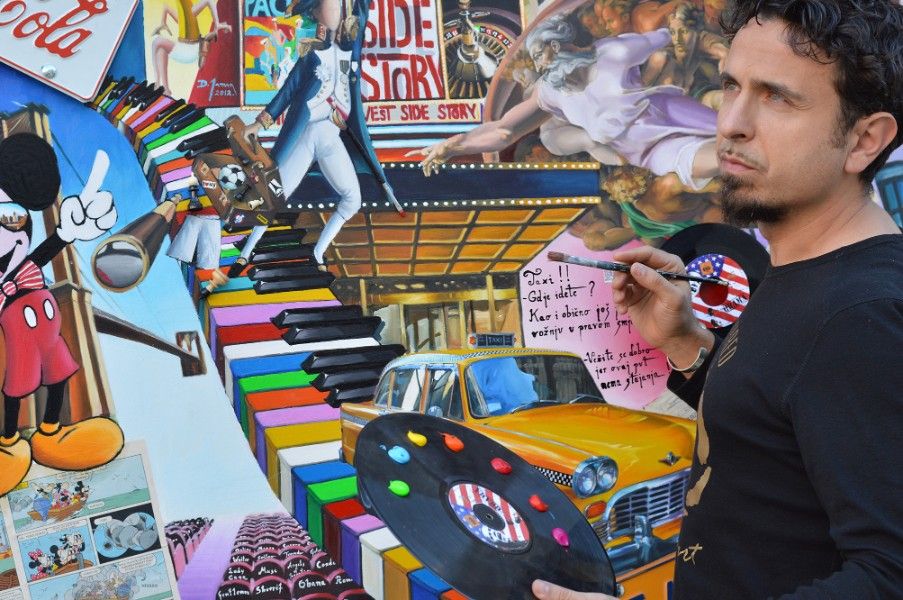
What was it like growing up in Split during the war?
Fortunately, Split itself didn’t feel the war like other regions, especially North, like Vukovar. But the emotions were still hard, I was in high school and watching the news every day, seeing the situation all around us was difficult but I cannot even imagine what it was like for those caught in the middle – left without electricity, water, food, trapped in shelters for days, weeks…
What is more important for us now and former Yugoslavia? Nobody wants to continue the hatred (except extremists), the majority of us want to move on, to move forward. When we were kids, we didn’t care who was from Serbia, Bosnia, who was a Christian, Muslim or Orthodox, as children we just played together. This is the kind of thinking we need to keep in mind, especially today with everything going on in the world. Unfortunately, not everyone learns from history.
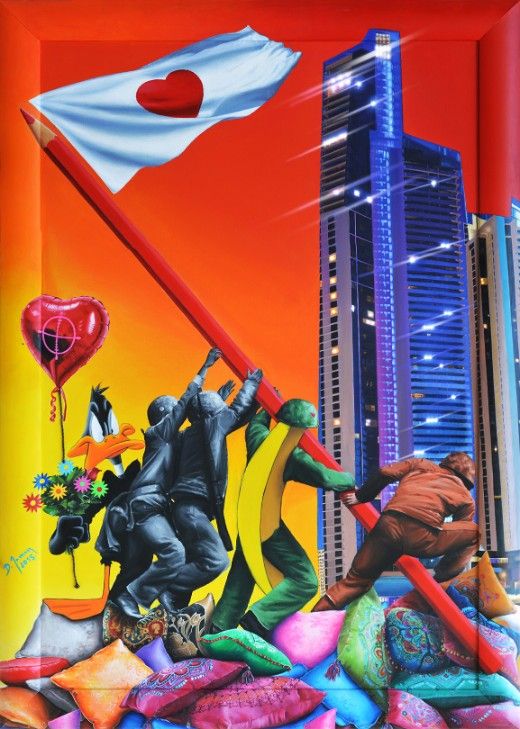
What are some of the challenges of living in Split, for youth or artists?
There are not many opportunities. I believe the state should be providing better encouragement and opportunities to young talent. We have a massive problem of emigration at the moment and if it continues, I am not sure where it is going to leave Split. But it is natural when people first finish University, they are full of energy and enthusiasm, if this is crushed in the first year, they will be disappointed and seek opportunities outside of Croatia.
Especially for young artists. It is difficult to make a living from art anyway but in Split, there is no strategy for development by local government, there is a budget for art and culture but I don’t see this being used well to encourage young talent here.
In saying this though – you also need to create your own opportunities in life. It is a struggle here but where isn’t it? We need to have more fighting spirit, sometimes it is easier to blame someone else for our failures – the state, economy etc. But it’s our life and is only in our hands. We need to fight for ourselves.
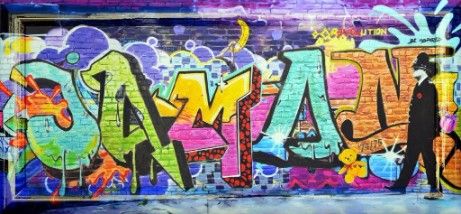
Any last words or advice…
I always think of Steve Jobs’ words, when I first finished University, I had no idea what to do, I didn’t know or believe that one day I would have my own gallery but – ‘you cannot connect the dots looking forward, you can only connect the dots looking backward.’
Every one of us has different qualities and talents and we just have to find a way to present that to the market. PERSISTENCE. Persistence is key, failure is part of life but I believe you just have to follow your heart and be persistent.
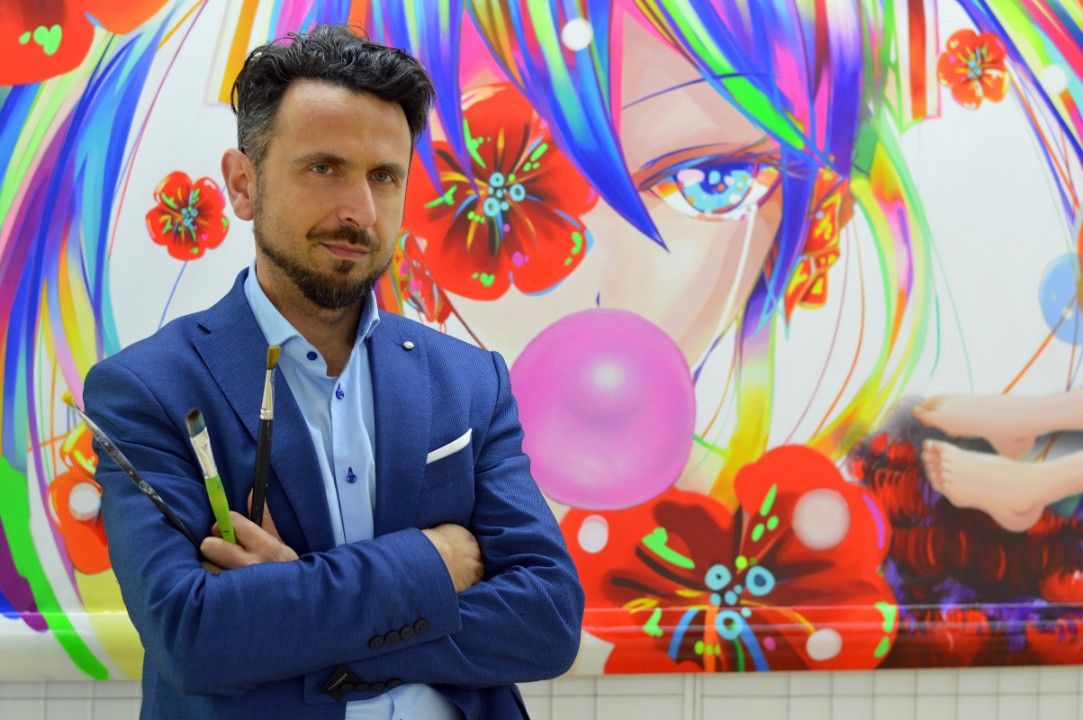
If you want to see more from Danijel and Jaman Art, check out his Facebook page, or visit his website here.
All photos courtesy of Danijel Jaman

